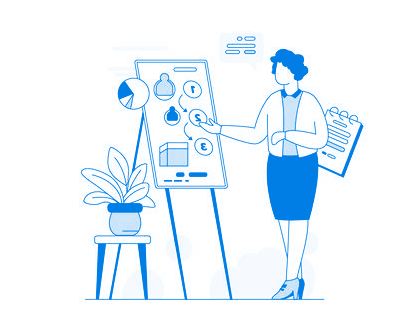Unconscious bias refers to the implicit attitudes or stereotypes that influence our understanding, actions, and decisions without us even realizing it. These biases can be based on characteristics such as gender, race, age, religion, sexual orientation, or socio-economic status, and they can affect our behavior in various ways.
Unconscious bias occurs when we rely on mental shortcuts or cognitive biases to process information, which can lead us to make judgments or decisions that are influenced by our biases, rather than objective data or facts. These biases can occur even when we are not aware of them, and they can affect our interactions with others, including how we hire, promote, and evaluate employees.
Examples of unconscious biases include:
- Affinity bias: Tendency to favor individuals who share similar backgrounds, interests or experiences.
- Confirmation bias: Tendency to search for information that confirms our pre-existing beliefs or assumptions.
- Halo effect: Tendency to attribute positive qualities to people we like or admire, even if there is no objective evidence to support those qualities.
- Stereotyping: The act of assuming that individuals or groups possess certain traits, attitudes or behaviors based on preconceived notions or stereotypes.
Unconscious bias can have negative impacts on individuals and organizations, such as limiting diversity, perpetuating inequalities, and creating a hostile or exclusionary work environment. To address unconscious bias, organizations can implement policies and training programs that promote awareness, inclusivity, and equitable decision-making. By recognizing and minimizing unconscious bias, organizations can build more diverse, inclusive, and successful workplaces.

 Back to Glossary
Back to Glossary